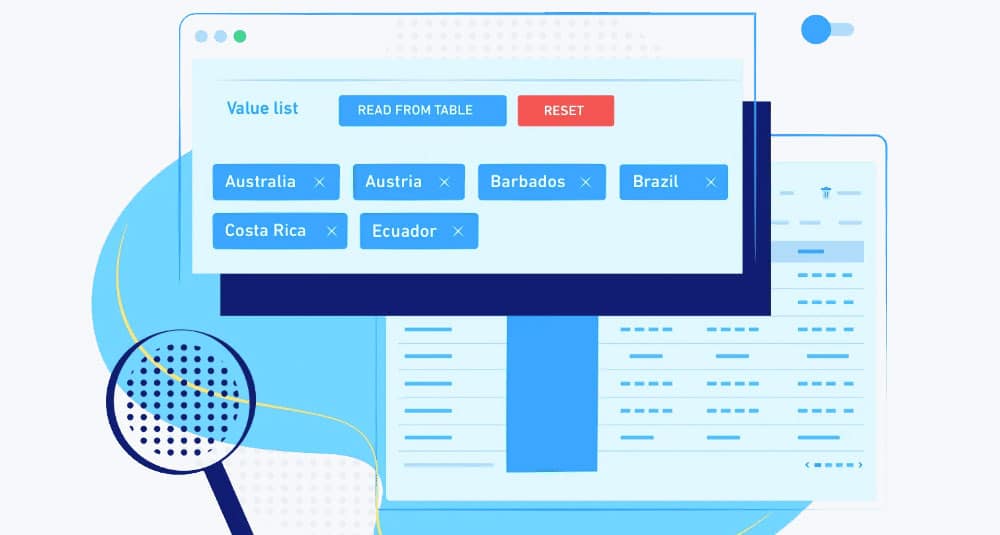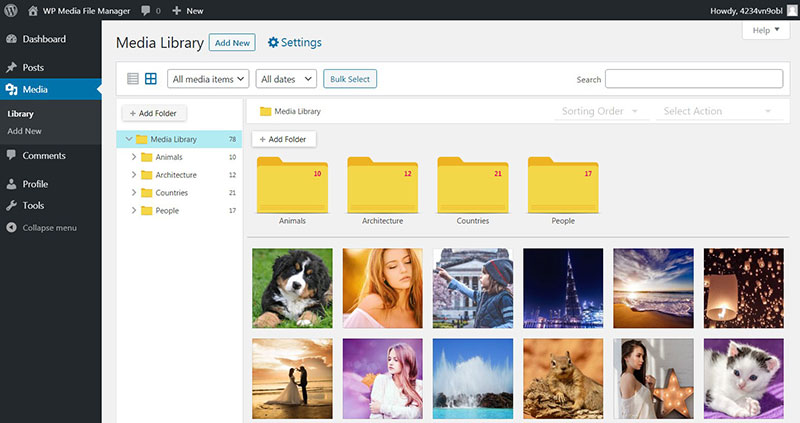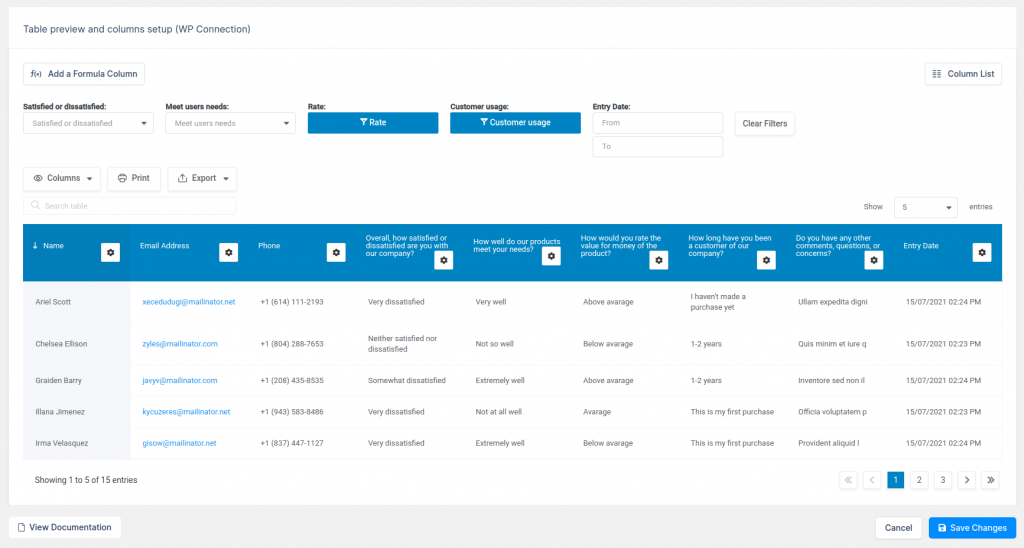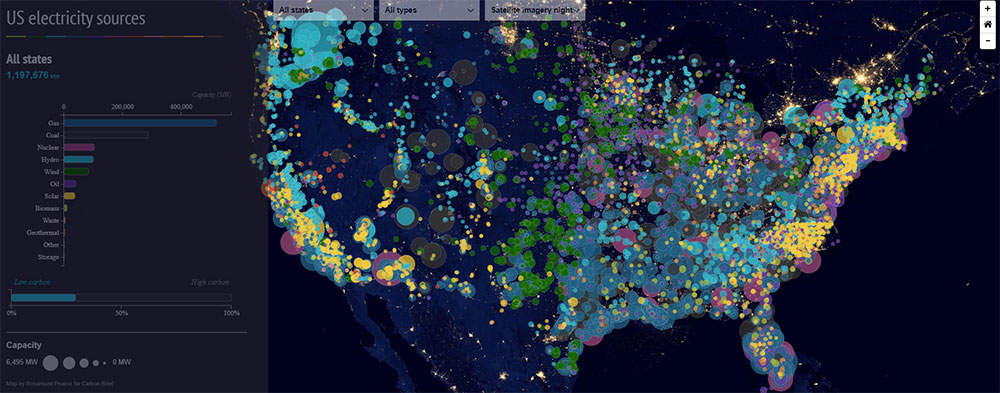Best Software and WordPress Black Friday Deals in 2024

As the anticipation for Black Friday builds with the approaching holiday season, a surge of irresistible deals and discounts awaits. Beyond traditional physical products, this occasion holds immense value for WordPress enthusiasts, developers, and business owners aiming to fortify their…



